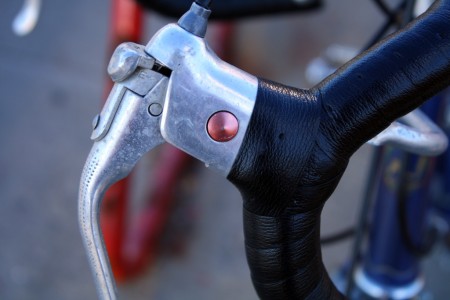One effect of the testing of nuclear weapons was the introduction of large numbers of unusual radioactive isotopes into the atmosphere, from which they migrated into the seas, developing ice sheets, and living things. As a consequence, a wide variety of physical and biological systems got inadvertently tagged with markers that could be traced. As with the radioactive dyes used in some forms of medical imaging, the isotopes allowed scientists to study various flows in the atmosphere, hydrosphere, cryosphere, and biosphere.
For example, nuclear testing taught scientists about deep ocean currents. Unlike the atmosphere, where wind and temperature surveying had been happening since the air forces rose to prominence in the Second World War, there were no systematic records of oceanic data. By acting as tracers that could be measured with great accuracy, fallout from atomic testing allowed for oceanographic and ocean-atmosphere models to be improved. In a prior connection between atomic testing and climate science, Roger Revelle had actually been working on the Castle series of thermonuclear tests in the Marshall Islands when he did his first work on oceanic absorption of carbon dioxide.
A more recent example was uncovered by Ohio State glaciologists, though it was actually the absence of artificial radioisotopes that triggered their attention and concern. The absence of strontium, cesium, and radioactive chlorine from the Naimona’nyi glacier in the Tibetan Plateau demonstrates that the ice formed during the nuclear tests of 1952-58 has already melted.
This is worrisome because the glaciers of the Himalayas play a role in water availability for agricultural areas downslope and the formation of the Asian monsoon.


Another novel security issue: authenticating vintage wines.
Here too, atomic testing is useful:
“So to get around this, a second test on the wine itself was devised by Philippe Hubert at the Centre for Nuclear Studies.
It uses a gamma ray detector to study the levels of radioactive particles in the wine, in this case caesium-137, that have been present in the atmosphere since the era of atomic weapons testing began after World War II…
The measurements show that caesium levels rise dramatically from 1951, reaching a peak at around the time of the Cuban Missile Crisis in 1962, and then dropping dramatically, reflecting the atmospheric test ban treaty agreed by Presidents Kennedy and Khrushchev in 1963.
The next spike in the data comes in 1986, caused by fall-out from the nuclear accident at Chernobyl.
“If you have an old wine, say from 1860, for example; if you see some caesium in such a bottle, then immediately you can tell that this bottle is a fake one.” “